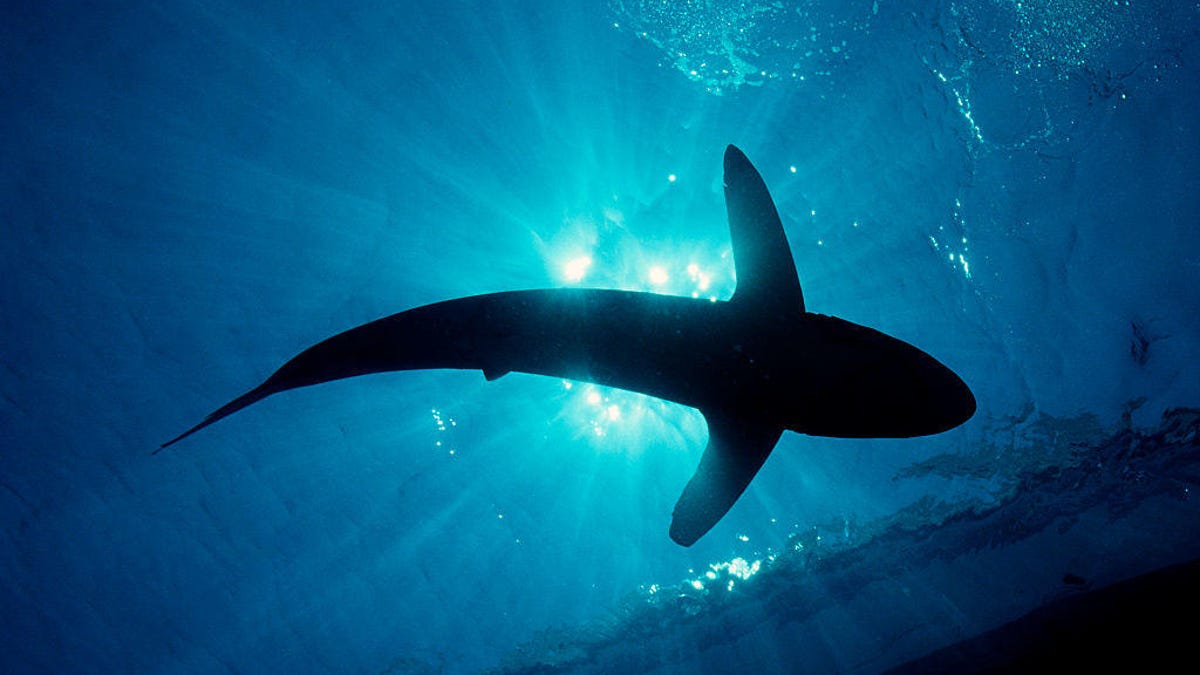Scientists use drones to ease shark fears (it's probably just a dolphin)
That dark shape in the water? Australian scientists say it's 135 times more likely to be a dolphin ... or maybe even a "fever" of rays.

What's that dark shadow in the water?
Going to the beach in Australia can be a potentially deadly affair. Stonefish, pufferfish, box jellyfish, stingrays -- and cute octopuses that delight oblivious tourists (and contain enough neurotoxin to kill 26 adults).
But there's one thing you can worry less about at Australian beaches: sharks.
Researchers at Australia's Southern Cross University (SCU) National Marine Science Centre, alongside the New South Wales Department of Primary Industries, have used two years' worth of drone footage to study the prevalence of sharks at Australian beaches. They found that, despite attention-grabbing headlines about shark attacks (and the ensuing fear among some members of the public), shark sightings at beaches are actually rarer than we think.
"Our extensive data suggests it is up to 135 times more likely to be a dolphin than a shark," said Brendan Kelaher, who led the SCU study.
Over a total of 216 drone flights, the team identified 4,388 individual large marine animals, according to the research published in the scientific journal Marine and Freshwater Research. In that sample size, the team found a huge variety of marine life, but also discovered their findings didn't necessarily match public perception.
"Over the last three years, we have routinely captured footage of fevers of rays exceeding 100 animals, whales feeding on bait balls in the shallows and incredible chases between sharks, rays and dolphins," said Kelaher.
"We do see potentially dangerous sharks in the shallows, but our data show they are much less common than people would have you believe."
The "fever" of rays.
The video compiled by SCU is a sight to behold -- particularly the "fever" of rays (add that to your list of collective nouns) huddled together in the clear waters as a defense against predation.
But ultimately, if the sight of sharks has you alarmed (not to mention all the species we listed in the top of this article that you may have never known about), Kelaher has some helpful advice.
"If you are concerned, it's best to get out of the water," he said.
Check out the video (complete with ray fever) below.
Rebooting the Reef: CNET takes a deep dive into the tech saving the Great Barrier Reef.
Taking It to Extremes: Mix insane situations -- erupting volcanoes, nuclear meltdowns, 30-foot waves -- with everyday tech. Here's what happens.

